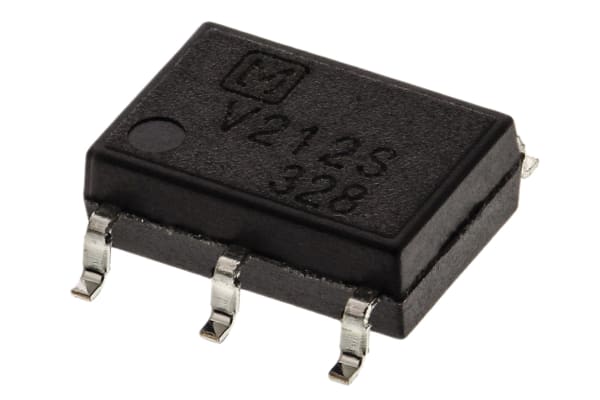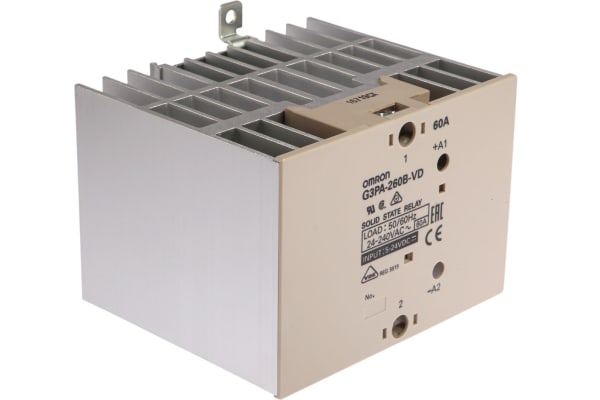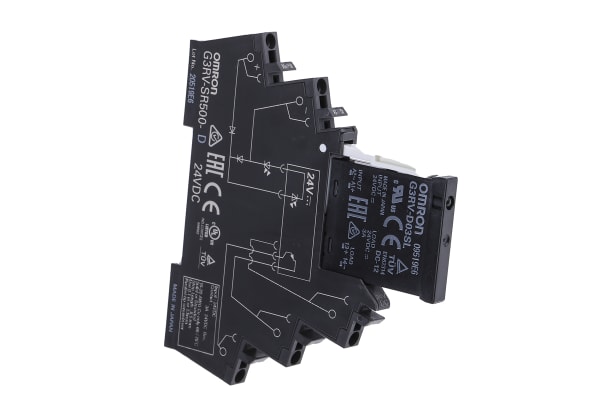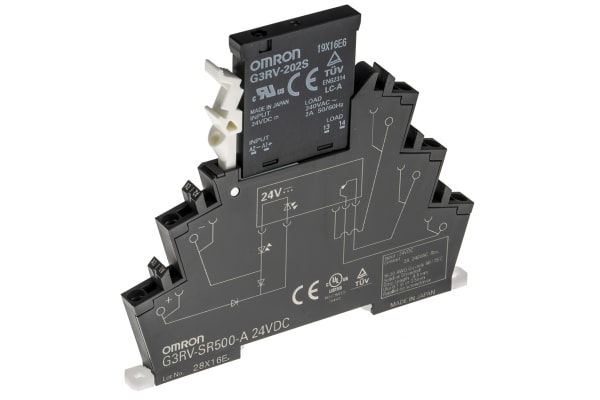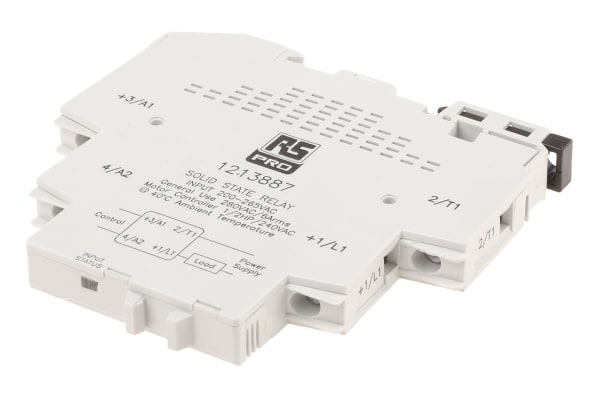Solid State Relays
The main advantages of solid state relays over conventional electro-mechanical relays is that they have no moving parts to wear out, and therefore no contact bounce issues. SSRs are able to switch both “ON” and “OFF” much faster than a mechanical relays armature can move, as well as zero voltage turn-on and zero current turn-off eliminating electrical noise and transients. For more information about solid state relays, please see our comprehensive guide to solid state relays.Solid state relays are available in a range of package options, ranging from just a few volts or amperes to many hundreds of volts and amperes of output switching capability. A small input voltage, typically 3 to 32 volts DC, can be used to control a much large output voltage or current.
-
Panasonic 0.5 A Solid State Relay, PCB Mount MOSFET, 60 V Maximum Load
VND85,156.61 -
Panasonic 3 A Solid State Relay, PCB Mount MOSFET, 60 V Maximum Load
VND231,408.38 -
Omron 60 A Solid State Relay, Zero Crossing, Panel Mount, Triac, 264 V Maximum Load
VND7,982,752.19 -
Omron 3 A SPNO Solid State Relay, DC, DIN Rail, MOSFET, 26.4 V dc Maximum Load
VND1,516,289.81 -
Omron 2 A SPNO Solid State Relay, Zero Crossing, DIN Rail, Triac, 264 V ac Maximum Load
VND1,605,003.33 -
Omron 15 A SP Solid State Relay, Zero Crossing, DIN Rail, Triac, 264 V ac Maximum Load
VND2,772,088.27 -
RS PRO 6 A SP Solid State Relay, DIN Rail, 280 V ac Maximum Load
VND1,463,563.85



